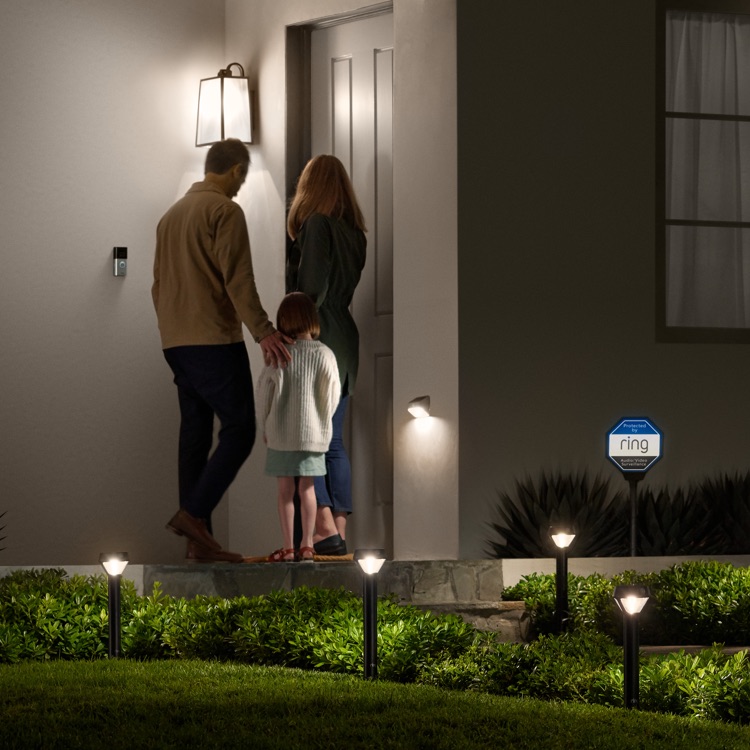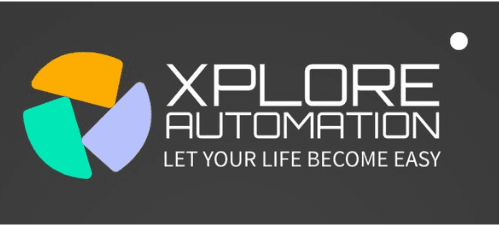The process of how do Smart bulbs work with switches is by receiving commands wirelessly through a compatible hub or smartphone app. The switches act as the interface to control the bulbs’ brightness, colors, and schedules.
In this modern era of smart technology, smart bulbs have revolutionized the way we illuminate our homes. By seamlessly integrating with switches, these innovative bulbs offer homeowners convenience and flexibility in managing their lighting settings. With a tap on a switch or a click on a smartphone app, users can effortlessly adjust the brightness, set up schedules, and even change colors to create the desired ambiance.
Let’s delve deeper into the fascinating world of smart bulbs and switches to understand how they work harmoniously to enhance our living spaces.

Credit: ring.com
Smart Bulbs And Switches
Smart bulbs work by connecting to a home network, allowing control via smartphones or smart home assistants.
Compatibility With Existing Switches
Smart bulbs can still be used with existing switches, but manual control may limit some functionalities.
Benefits Of Smart Bulbs
Smart bulbs offer a range of advantages that make them a popular choice for modern homes. Let’s explore some key benefits:
Energy Efficiency
- Smart bulbs are highly energy-efficient, helping reduce electricity consumption.
- They use LED technology, consuming less power than traditional bulbs.
- Scheduling features allow you to set specific times for lighting to be on, saving energy.
Customization And Control
- Customize lighting colors and intensity for different moods and activities.
- Control bulbs remotely via smartphone apps or voice assistants for added convenience.
- Integration with smart home systems provides seamless control over lighting.
Challenges And Solutions
Smart bulbs bring convenience and energy efficiency to our homes, but integrating them with traditional switches can pose challenges. In this section, we’ll explore the challenges faced and the solutions to seamlessly integrate smart bulbs with switches.
Integration With Home Automation Systems
Smart bulbs often struggle to work harmoniously with existing home automation systems. Many traditional switches are not designed to control smart bulbs, creating a disconnect in the integrated system.
Solution: A viable solution is to replace traditional switches with smart switches compatible with the home automation setup. Smart switches offer the flexibility and control needed to seamlessly integrate smart bulbs into the existing automation ecosystem.
Addressing Connectivity Issues
Connectivity issues frequently arise when attempting to link smart bulbs with switches. Incompatibility between the smart bulb and the switch can hinder proper functionality.
Solution: To address connectivity issues, one solution is to use smart bulb adapters that allow standard switches to work with smart bulbs. Additionally, ensuring that the smart bulbs and switches are from the same manufacturer can enhance compatibility and streamline connectivity.

Credit: tr.farnell.com
Future Of Smart Lighting
In recent years, the world of lighting has undergone a remarkable transformation. Traditional incandescent bulbs are being replaced by modern smart bulbs that can be controlled through switches, apps, or voice commands. These smart bulbs are not only energy-efficient but also offer a range of exciting features that promise to revolutionize the way we illuminate our homes. In this article, we will explore the future of smart lighting, focusing on the advancements in technology and the impact it has on sustainable living.
Advancements In Technology
Smart bulbs are at the forefront of lighting innovation, incorporating advanced technologies that enhance their functionality and performance. These bulbs are not limited to simply turning on and off; they can be dimmed, change colors, and even synchronize with music or movies. The key technology behind smart bulbs is connectivity. They can be wirelessly connected to a home network, allowing users to control them remotely using smartphones or voice assistants like Amazon Alexa or Google Assistant.
Furthermore, smart bulbs often employ smart sensors that can detect movement or ambient light, automatically adjusting brightness or turning on/off based on the surrounding environment. This technology not only adds convenience but also saves energy by ensuring lights are only turned on when necessary.
Impact On Sustainable Living
The adoption of smart bulbs goes beyond mere convenience and extends to environmental sustainability. Energy efficiency is a crucial aspect of smart lighting, as these bulbs consume significantly less power compared to traditional incandescent or fluorescent bulbs. This translates into reduced energy consumption, lower electricity bills, and a decreased carbon footprint.
Moreover, smart lighting systems can be integrated with other smart devices and home automation systems, such as motion sensors, smart thermostats, or smart home hubs. This integration allows for a more holistic approach to energy management and creates a synergy between different components of a smart home. For example, the lights can automatically turn on when someone enters a room, and turn off when there is no motion detected, saving energy and eliminating wasteful practices.
Another aspect of sustainable living is the durability and lifespan of smart bulbs. Unlike traditional bulbs that may have a shorter lifespan, smart bulbs are designed to last longer. In addition, some smart bulbs are made from eco-friendly materials and are recyclable, further reducing their environmental impact.
In conclusion, the future of smart lighting is bright and promising. The advancements in technology, such as connectivity and sensor integration, are revolutionizing the way we illuminate our homes. By embracing smart lighting solutions, we not only enhance our everyday lives with convenience and innovative features but also contribute to a greener and more sustainable future.

Credit: palmetto.com
Frequently Asked Questions Of How Do Smart Bulbs Work With Switches
How Do Smart Bulbs Work With Switches?
Smart bulbs work with switches by using wireless technology to communicate with the switch. When you turn the switch on or off, it sends a signal to the smart bulb to mimic the action. This allows you to control the bulb’s power without having to flip the switch physically.
Conclusion
Smart bulbs provide a convenient and efficient way to control lighting. By integrating with smart switches, they offer flexible and customizable options for users. Understanding the compatibility and functionality of smart bulbs with switches can further enhance the smart home experience.
Embracing this technology can lead to energy savings and improved convenience for users.

I am a technology writer and blogger with 17 years of experience in the fields of information technology, artificial intelligence, cyber security, automated systems, and the latest technology trends.

